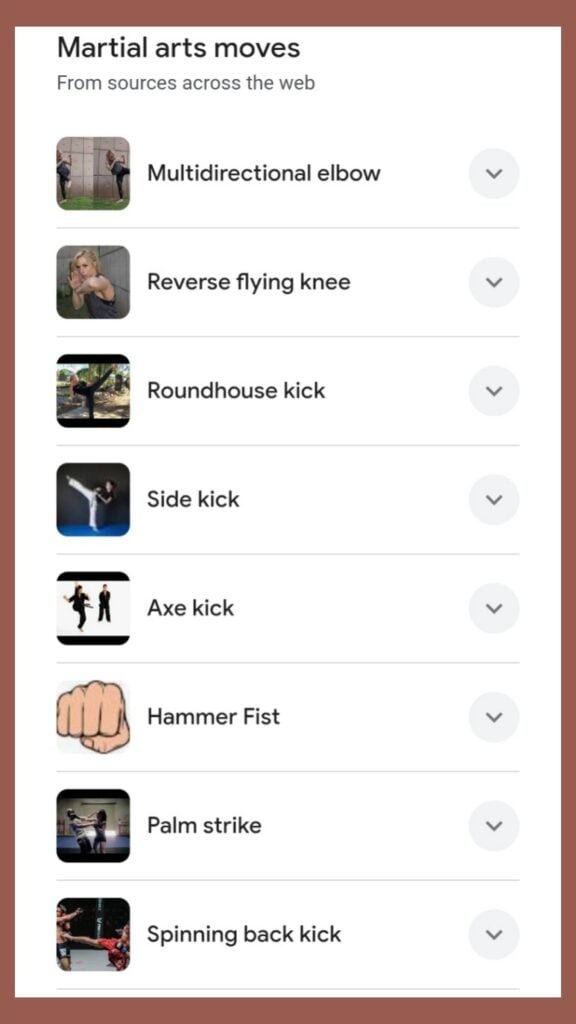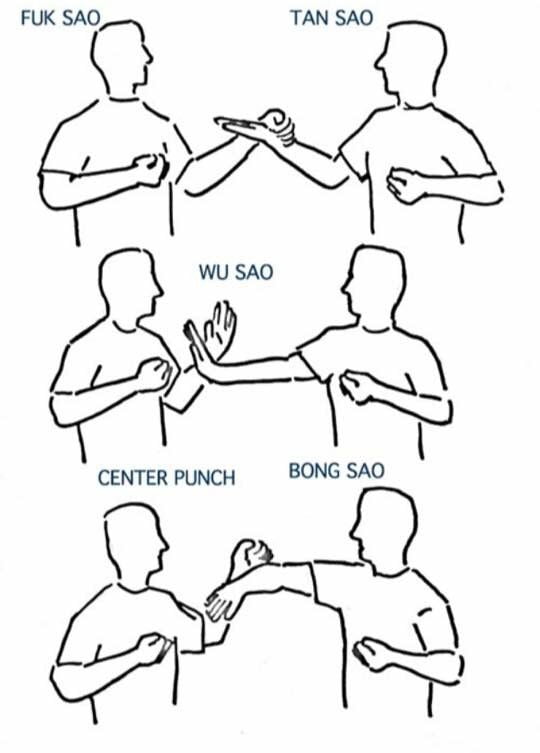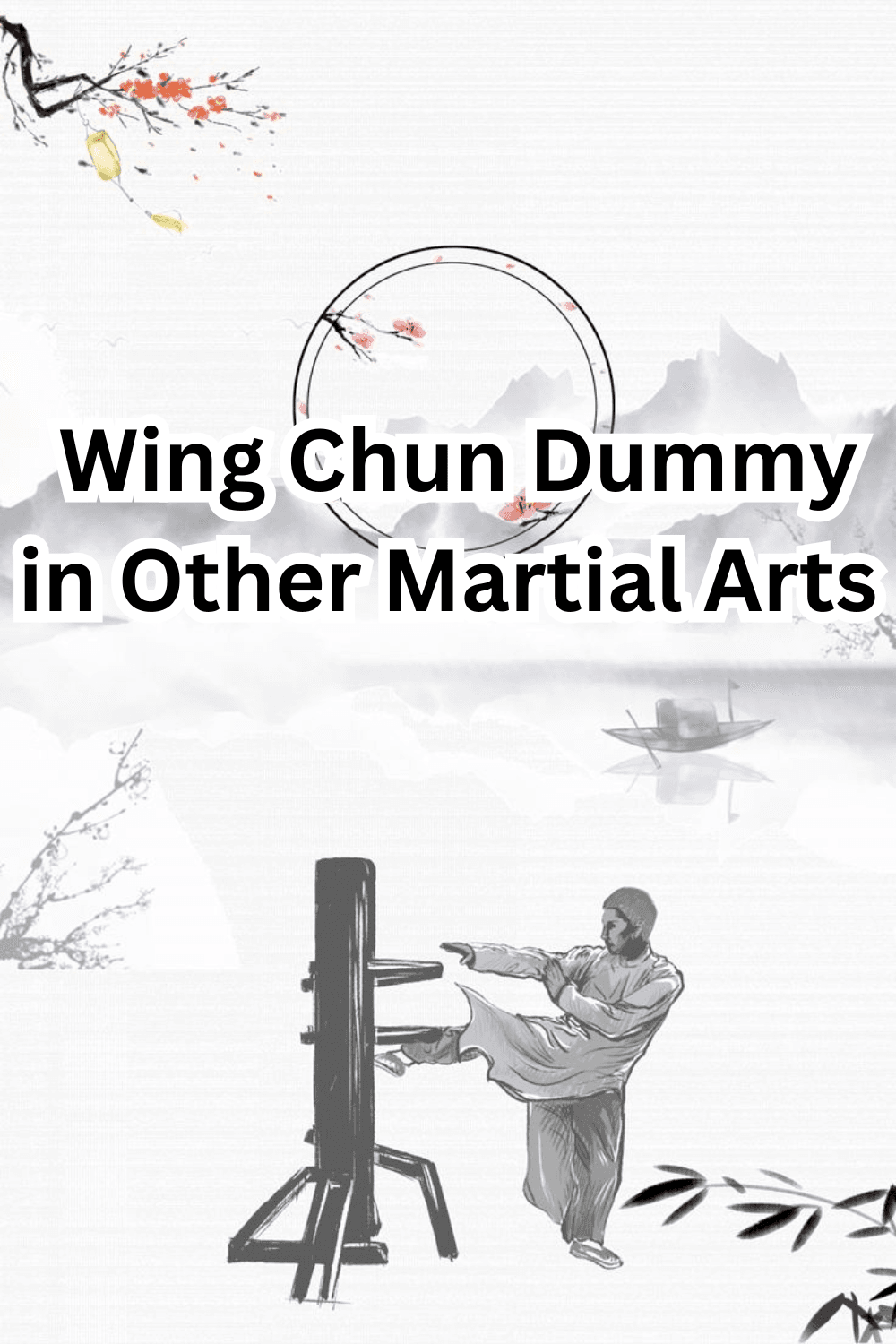Wing Chun is a traditional Chinese martial art known for its practicality and efficiency in close combat.
Developed by a Buddhist nun named Ng Mui, Wing Chun focuses on close-range combat and utilizes quick, direct movements to overcome opponents.
While Wing Chun has its unique set of techniques and principles, several of its special moves have been adopted and practiced in other martial arts as well.
1. Chain Punches
One of the most distinctive features of Wing Chun is its rapid-fire chain punches.
This technique involves throwing multiple punches in quick succession, targeting the opponent’s centerline.
The chain punches are practiced in other martial arts such as Jeet Kune Do, a martial art developed by the legendary Bruce Lee.
The rapid and continuous punches are effective in overwhelming opponents and creating openings for further attacks.
Some General overview for comprehension purposes in the screenshot.
But here we will only focus on special moves of Wing Chun only.

2. Pak Sao
Pak Sao, or “slapping hand,” is a defensive technique in Wing Chun that redirects incoming strikes.
It involves using the palm to slap away or redirect an opponent’s punch or strike, while simultaneously launching a counter-attack.
This move is similar to the parrying techniques found in various martial arts like Krav Maga and Kung Fu.
Pak Sao allows practitioners to deflect and neutralize attacks, creating opportunities for counterattacks.
3. Bong Sao
Bong Sao, or “wing arm,” is a fundamental technique in Wing Chun that involves raising the forearm diagonally to intercept incoming strikes.
This move is similar to the “wing block” technique found in Karate and Taekwondo.
By using the forearm to block and redirect attacks, Bong Sao enables practitioners to protect themselves while simultaneously setting up counterattacks.
4. Tan Sao
Tan Sao, or “palm-up block,” is another defensive technique in Wing Chun that involves using the palm to deflect or redirect an opponent’s strikes.
This move is similar to the “open hand block” technique practiced in various martial arts such as Kung Fu and Aikido.
Tan Sao allows practitioners to control and redirect the force of incoming strikes, minimizing the impact on their own bodies.

5. Chi Sao
Chi Sao, or “sticky hands,” is a unique training method in Wing Chun that focuses on developing sensitivity and reflexes.
Practitioners engage in close-range sparring, maintaining constant contact with their opponent’s arms and practicing various techniques.
The concept of Chi Sao has influenced other martial arts, such as Brazilian Jiu-Jitsu’s “rolling” or “rolling sparring” drills.
Chi Sao enhances a practitioner’s ability to read and react to their opponent’s movements, improving their overall fighting skills.
6. Wooden Dummy Training
Wing Chun practitioners often train on a wooden dummy, known as the Muk Yan Jong.
This training device consists of a wooden dummy with various arms and legs, simulating an opponent.
The techniques practiced on the wooden dummy, such as punches, strikes, and kicks, are not exclusive to Wing Chun.
Many other martial arts, including Shaolin Kung Fu and Krav Maga, incorporate similar training methods using dummies or other equipment to enhance striking and kicking techniques.
While Wing Chun has its unique techniques and principles.
It is fascinating to see how some of its special moves have been adopted and practiced in other martial arts.
These techniques have proven to be effective in combat situations, leading to their integration into various martial arts systems.
By incorporating these special moves of wing Chun into their training, martial artists can benefit from the practicality and efficiency that Wing Chun offers.



